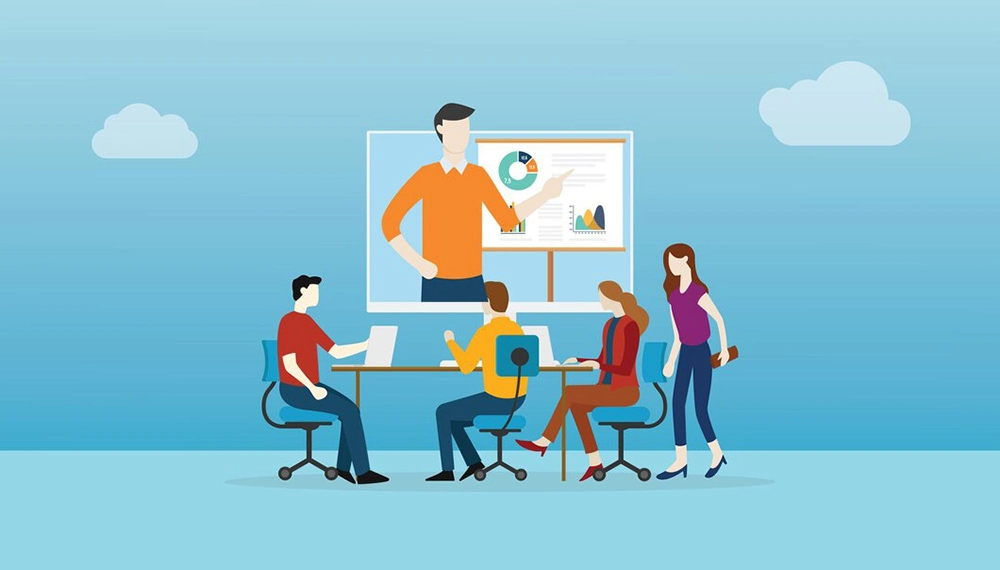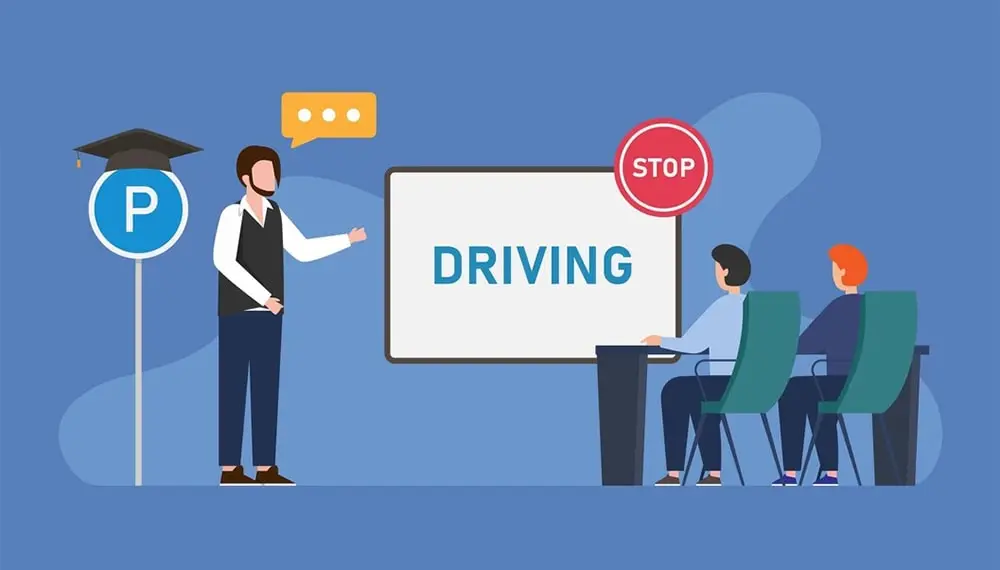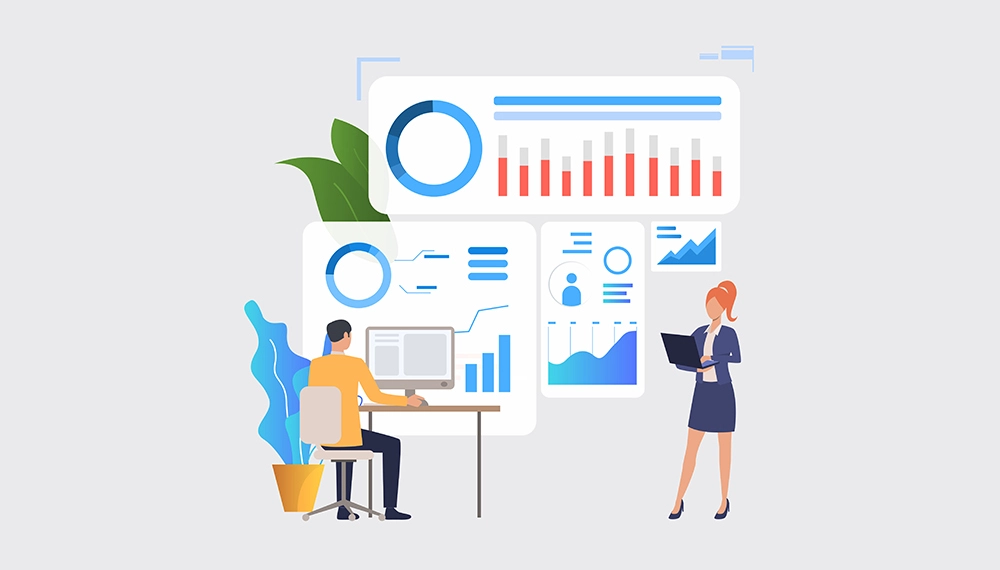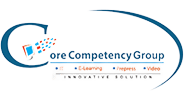How to Build a Comprehensive Mobile Learning Strategy for Your Organization
Rohit Kumar
21 Feb, 2025
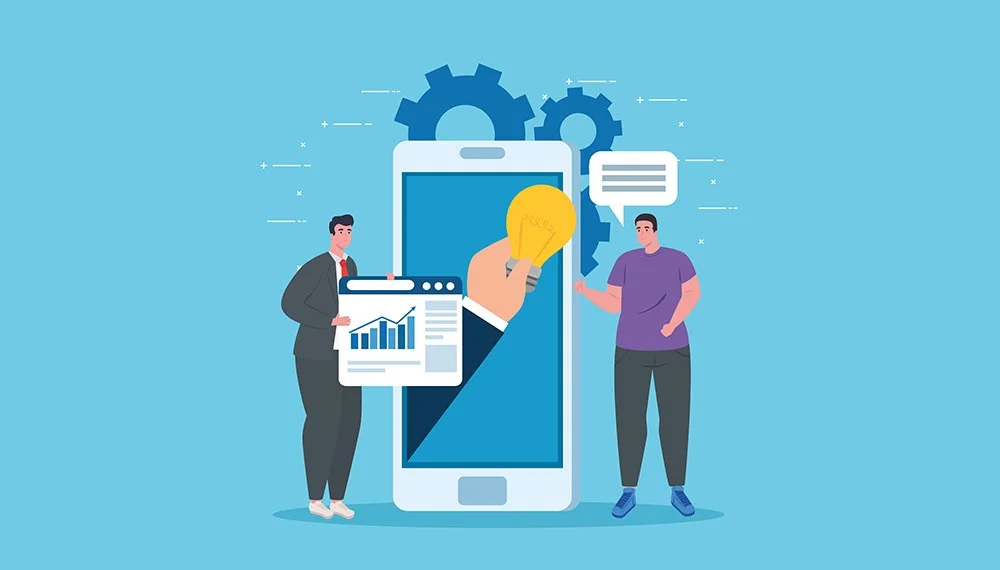
Organizations increasingly turn to mobile learning (mLearning) in today's fast-paced business environment to enhance employee training and development. mLearning leverages mobile devices such as smartphones and tablets to provide flexible, accessible, and engaging educational experiences.
This method helps employees access training materials anytime and anywhere, making it particularly valuable for companies with distributed or remote workforces.
Defining Mobile Learning
Mobile learning refers to delivering educational content through mobile devices, enabling learners to engage with materials. Unlike traditional eLearning, which is typically designed for desktop computers, mLearning is optimized for smaller screens and touch interfaces.
This optimization often involves breaking down content into concise, digestible modules, a practice known as microlearning. For example, a sales representative might complete a five-minute module on product features while commuting, reinforcing their knowledge without needing extended study sessions.
Benefits of Mobile Learning
Implementing a mobile learning strategy offers several advantages:
- Flexibility: Employees can access training materials in their own terms and convenience, whether during a lunch break while traveling or between meetings. This flexibility accommodates diverse schedules and learning preferences.
- Enhanced Engagement: Interactive elements such as quizzes, videos, and gamified content can make learning more engaging. For instance, incorporating game mechanics like points and badges can motivate employees to complete courses and retain information.
- Improved Knowledge Retention: Microlearning modules, which deliver content in short, focused segments, have been shown to enhance knowledge retention. This method allows learners to concentrate on one topic at a time, reducing cognitive overload.
- Cost-Effectiveness: mLearning can lower training costs by reducing the need for in-person training sessions & traditional printed materials. Additionally, updates to digital content can be made quickly, ensuring that all employees have access to the most current information.
The Distinction Between Mobile Learning and Traditional eLearning
While both mobile learning mLearning and eLearning aim to deliver knowledge digitally, their approaches and features differ significantly. Organizations must understand these distinctions to determine which method best suits their training needs.
1. Device Optimization
eLearning is typically designed for desktop or laptop computers, offering detailed and immersive content that works best on larger screens. On the other hand, mobile learning is optimized for smaller, portable devices such as smartphones & tablets.
This difference ensures that mLearning content is easily accessible, responsive, and user-friendly on smaller screens. Example: A desktop-based eLearning course may feature a comprehensive two-hour training video.
In contrast, mLearning might break the content into 5-10-minute microlearning modules suitable for mobile viewing.
2. Flexibility and Accessibility
mLearning offers unparalleled flexibility by enabling users to access content anytime, anywhere, making it suitable for on-the-go learning. eLearning, while flexible, often requires a stable environment, such as an office or home workspace, for effective engagement.
Example: A retail manager may use mLearning during a quick break to complete a module on customer service skills, whereas eLearning might require sitting at a desk to complete an in-depth certification program.
3. Learning Duration and Format
Traditional eLearning often involves long-form content like hour-long video lectures or in-depth assessments. mLearning delivers concise, bite-sized modules catering to shorter attention spans. These formats align with different learning behaviors and time availability.
Example: For compliance training, an eLearning platform may provide a 45-minute lecture, while a mLearning module could break the same content into multiple 5-minute lessons.
4. Engagement Through Interactivity
Both eLearning and mLearning incorporate interactive elements like quizzes, simulations, and multimedia, but mLearning often emphasizes gamification and mobile-specific features. These include push notifications, quick polls, and touch-based interactions that make the learning experience more dynamic and immediate.
Example: A safety training course on eLearning might use desktop-based simulations, while the mLearning version could include gamified elements where employees earn badges for completing quick safety challenges.
5. Use Cases and Audience
eLearning is generally more suited for in-depth training programs, such as leadership development or technical certifications, where users have the time and resources for extended learning sessions. mLearning, however, is ideal for reinforcing knowledge, providing just-in-time learning, or offering quick updates and skill refreshers.
Example: A healthcare organization might use eLearning for comprehensive onboarding but rely on mLearning to quickly update medical staff on new equipment procedures.
6. Technology Requirements
eLearning often relies on stable internet connections and dedicated setups like desktops or laptops. mLearning, however, caters to employees with mobile devices and often supports offline access, allowing learners to download content for later use.
Example: In regions with limited internet connectivity, field workers in agriculture might download mLearning modules for offline use, while eLearning may not be as accessible in such scenarios.
How to Create a Mobile Learning Strategy
1. Align Training with Business Objectives
The first step in creating an effective mLearning strategy is to ensure it aligns with your organization’s overall business goals. This alignment helps establish a clear purpose for the training initiative and ensures it delivers measurable value to the organization.
- Understand the Organizational Goals: Begin by identifying your company’s strategic objectives. These might include increasing productivity, reducing employee turnover, enhancing customer satisfaction, or preparing the workforce for technological advancements. Once these goals are clear, assess how mLearning can support them.
- Identify the Skills Needed: Once you understand the broader goals, pinpoint the specific skills and knowledge employees need to achieve them. For example, if your organization plans to implement a new software system, employees will need technical training to use it efficiently.
- Set Measurable Outcomes: Define key performance indicators (KPIs) to track the success of your mLearning initiative. These outcomes include metrics like improved employee performance, higher engagement rates, or faster onboarding times. Setting measurable outcomes ensures the program’s success can be quantified and adjusted.
2. Build a Dedicated Mobile Learning Team
Once you’ve defined your business strategy, the next step is assembling a team to design, implement, and manage the mobile learning (mLearning) initiative. A skilled, collaborative team ensures the program is well-executed and aligned with organizational goals.
Identify Key Roles and Responsibilities
- Project Manager: Oversees the project, coordinates tasks, and meets deadlines and objectives
- Instructional Designers: Develop the course structure, ensuring that the content is engaging, easy to navigate, and optimized for mobile devices
- Content Developers: Create learning materials, such as videos, interactive modules, or quizzes, tailored to employee needs
- IT Specialists: They handle the technical side, including integrating the learning management system (LMS) and troubleshooting device compatibility issues
- HR/L&D Professionals: Ensure the content aligns with employee development goals and organizational requirements
- Stakeholders and Subject Matter Experts (SMEs): Provide industry-specific knowledge to ensure the accuracy & relevance of the training materials
- Define Clear Roles and Communication Channels: Once the team is assembled, assign responsibilities and set up communication channels to ensure seamless collaboration. Use popular project management tools to keep tasks organized and allow team members to track progress.
- Involve Stakeholders Early: From the beginning, engage key stakeholders, such as department heads, HR leaders, and even employees. Their input ensures the program meets practical needs and gains organizational buy-in.
- Leverage External Expertise if Needed: If your organization lacks in-house expertise, consider partnering with external vendors or consultants specializing in mLearning. These professionals can provide technical support, create engaging content, or guide the strategy.
- Allocate Resources: Ensure the team has the resources to succeed, including time, budget, and access to the right technology. Establish a clear budget for creating content, implementing technology, and managing ongoing support.
3. Select and Develop Relevant Learning Content
- Identify the Learning Objectives: Clearly outline what employees should achieve after training. The content should focus on filling skill gaps, supporting professional development, and solving practical challenges faced in their roles.
- Prioritize Key Topics: Focus on topics most relevant to employees' day-to-day work or align with organizational priorities. Break content into smaller, digestible segments to avoid overloading learners with too much information at once.
Use a Variety of Content Types
- Videos: Ideal for demonstrating processes or tools, such as product installation in retail or machinery setup in manufacturing
- Interactive Quizzes: Encourage active learning and immediate feedback
- Infographics: Summarize complex information visually, such as compliance regulations in healthcare
- Scenarios and Simulations: Allow learners to practice skills in realistic situations, such as handling customer complaints in hospitality
- Ensure Mobile Optimization: Content must be fully optimized for mobile devices. This includes ensuring text is readable on small screens, videos load quickly, and interactive elements are touch-friendly. Use responsive design to make content accessible on various devices, including smartphones and tablets.
- Keep Content Updated: Ensure the material stays relevant by regularly reviewing & updating content to reflect technological changes, processes, or industry standards. Stale or outdated content can diminish the value of your mLearning program.
4. Select the Right Training Tools
A critical component of an effective mobile learning (mLearning) strategy is choosing the right tools to deliver and manage training content. A Learning Management System (LMS) serves as the backbone of your mLearning program, ensuring that content is accessible, trackable, and tailored to the needs of your workforce.
Core Competency's Learning Management System (LMS) is an ideal solution for streamlining mobile training delivery and maximizing its impact.
- The Role of an LMS in mLearning: An LMS is a centralized platform that facilitates training program delivery, management, and tracking. Choosing a mobile-friendly LMS that supports diverse content formats and offers robust tracking capabilities is essential for mobile learning.
Key Features of Core Competency’s LMS for mLearning
Core Competency’s LMS is designed to address the unique needs of organizations across industries. Key features include
- Mobile Optimization: The platform is fully responsive, ensuring content is accessible on any device, including smartphones and tablets. Employees can complete training on the go, whether in the field, at home, or traveling.
- Content Versatility: The LMS supports various content types, such as videos, quizzes, infographics, and simulations. This flexibility allows organizations to deliver engaging and diverse training materials.
- Advanced Tracking and Reporting: This feature tracks employee progress, completion rates, and assessment scores in real-time, providing valuable insights into the program’s effectiveness & areas for improvement
- Gamification: Built-in gamification tools, such as badges, leaderboards, and rewards, motivate employees to complete their training and make learning more engaging
- Seamless Integration: The LMS integrates easily with existing HR systems, ensuring a smooth flow of data and a unified approach to employee management
Support and Scalability
Core Competency’s LMS has dedicated support to ensure a smooth implementation process. Whether you’re onboarding new hires or providing ongoing training for a global workforce, the LMS effortlessly adapts to your needs.
Develop a Comprehensive Implementation Plan
- Define the Scope and Timeline: Start by outlining the scope of the mLearning program. Identify which departments, teams, or job roles will be involved and decide whether the rollout will happen simultaneously or in phases. Set a realistic timeline for each stage, from content development to full implementation.
- Communicate the Plan Across the Organization: Transparency is key to a smooth rollout. Communicate the purpose and benefits of the mLearning program to all stakeholders, including managers and employees. Use clear messaging to address potential concerns and ensure everyone understands their role.
- Provide Technical Support and Resources: Equip employees with the tools they need to access mLearning. Ensure they have compatible devices, reliable internet access, and technical support. Provide a user-friendly guide or video tutorials to help them navigate the platform.
- Train the Trainers and Managers: Before launching the program, ensure managers and trainers are well-versed in the mLearning platform. This step empowers them to guide employees, monitor progress, and address challenges effectively.
- Pilot the Program: Test the program with a small group of employees before scaling it across the organization. Use this pilot phase to identify potential issues, gather feedback, and refine the content or delivery methods.
- Roll Out Gradually: If the program is extensive, consider a phased rollout to ensure smooth adoption. Start with one department or team, evaluate the outcomes, and make adjustments before extending the program to others.
- Monitor and Evaluate During Implementation: Track key metrics, such as participation rates, completion rates, and user feedback, to evaluate the program’s progress during the rollout. Use these insights to resolve real-time issues and ensure the program stays on track.

